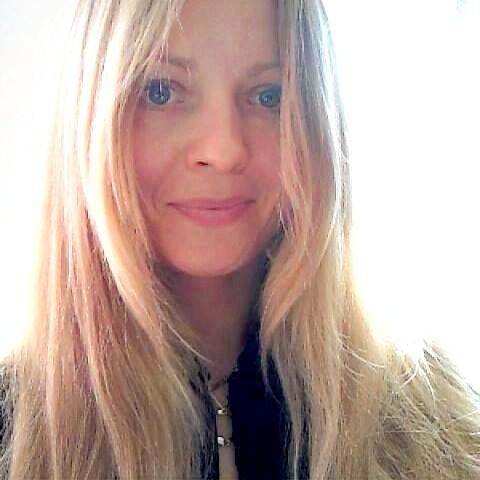-
and comparing it to a medicated lifestyle, how neurotransmitters and hormones are just...
-
else dances with matching moves or freestyle and cheers each new dancer. The best...
-
Gate Bridge and powerlines of LA. The style could be vernacular: the building is...
-
is about the shortcomings of the new style of communication, noticeable especially in...
-
trade, travel, etc., but not all styles of visual expression were adopted. For...
-
for innovation and progress. Teaching Style This course should be media-independent...
-
with the harmony between your parenting style and the attitudes of the child, would...
-
Sex Differences in Aggression and Empathy
empathy in societies with a foraging lifestyle had enhanced fitness for human...
-
through trial and error. Composing this style of essay was an art form in itself, and...
-
aquarelles that represent his watercolor style for me, and are my favorites: Bedouins,...
Author
 Lena Nechet, artist - Fine art, media productions, language.
Lena Nechet, artist - Fine art, media productions, language. San Diego, California , USA, LenaNechet.com
Art@LenaNechet.com 323-686-1771
I accept payment via PayPal and Zelle under my business email Art@LenaNechet.com
Ask: Send me a quick question from your default email app with this page info.